|
Kelly has just popped the kettle on. It’s not for a nice brew however, it’s for setting the colour dusting on the Poinsettia petals that the students have just made. The steam from the kettle spout deepens and dulls the hand-painted colours to make the finished flowers look as realistic as possible. “Don’t leave them in the steam too long though – they will melt and slide off the stem”, Kelly explains, and then she shows the students how to do it, and how not to do it! “You don’t have to set the colours by the way, it just adds a nice touch. Green really needs it, and if you add a flush of red to the base of the green leaves, it will also give a really authentic finish. A brush through the steam will deepen the colour”.
There is a mass of red Poinsettia petals hovering around the classroom. Each student has made upwards of fifteen petals each – different sizes and shapes, plus a cluster of buds that make up the centre of the flower, plus a few leaves. They are all standing to attention in a block of florists foam and already look so real. They are made by using a special flower paste which dries very hard and can be rolled very thin. The realistic petal veins are added by using special moulds that press both sides of the markings into the flower paste. Then you can soften the edges using a softening mat to give the contours to the flower parts. The ‘stem’ is a real florists wire, so the final effect looks like it has come straight out of a flower shop.
0 Comments
Liam has a relaxed and creative teaching style and likes to spend one to one time with his students. There is music playing in the background and it adds the right ambience for an Autumn workshop. “Music is so important to the creative process” Liam confides. It doesn’t stop the conversation though – students and tutor maintain a constructive dialogue throughout the day, comparing papers, linens, inks and techniques.
All of the students on today’s workshop have discovered and developed new ways of working in monoprint – with and without a press. With each design, Liam has given them tips and advice to enhance and develop the artistic outcomes further. They are all lost in their designs when I come into the room; some at the press and some at their workstations. Some holding up plates to the light to inspect the colour and some arranging pieces of foliage or collage onto new printing plates. As Liam asks the class to join him in another demo, they come together to watch the next technique as a group and leave their current solitary creations alone for a while. “Mono-print is almost like a build up to something bigger – a testing ground for future designs on fabrics and heavy archival papers, although some artists use mono-print as an art form in its own right” Liam explains. “The workshop today is all about creating an experimental body of work. Then it’s up to each student how they take it forward”. Bob and Del Neill, husband and wife team, spend much of their year travelling to art and craft shows teaching and demonstrating, as well as topping up the four galleries that Bob supplies with his pyrography. For the uninitiated, pyrography is the art or technique of decorating wood or leather by burning a design on the surface with a heated metallic point.
Bob works mainly on wood and the unique thing about his work is that he uses colour to enhance his designs. The process goes something like this: first choose the piece of wood, be it a board, platter, dish, spoon (plus many more), then prepare your design and the medium and then burn the pyrography onto the surface. The colour is applied at the end of this initial process. Sixties designs are the style preferred but some of Bob’s work has more historic attributions such as the Celtic knot-work wooden pebbles or the Art Deco bowls and boards. Then the colour is added as a secondary layer and for this, Bob uses water based acrylics, iridescent water based colours, even felt pen. The beauty of the water based medium is that you can see the pyrography design work beneath the colour; it acts just like a wash as in these beautiful platters and dishes below. I gate-crashed an interview which Sue Pearl was giving to one of her students recently. Hannah Lithgow, the keen student, was studying for her A levels including A level Art, along with Biology and Geography. As part of this, Hannah's doing an EPQ (Extended Project Qualification) in Dyeing with Flower Pigments on Silk. She was looking at how effective certain methods of mordanting are, amongst other nuances of technique, and had some hypotheses to test with Sue, the seasoned expert in this field. The conversation was fascinating. I was listening in to an eager young mind, wanting to push the boundaries of eco-dyeing techniques, experimenting with both new and traditional ways of doing things.
Lin Kerr is one of Ardington’s original teaching faculty and has changed gear in the recent past, from calligraphy to oil painting. Charmingly, she starts our interview for this blog by cuddling her gorgeous dog, Isla. They haven’t seen each other for a week and the reunion is a cloud of effervescent fluffy white and brown hair!
Lin has a fine art degree and was an oil painter long before she took up calligraphy with a passion. Lin trained as an art teacher as well and taught adults in her home country of South Africa. When she first arrived in the UK, she gained a diploma in traditional gilding techniques. She taught art and contemporary lettering to calligraphers all over the UK travelling as far as Newcastle, Wales, and Hastings. After many years of exploring words in art, and completing a mathematical series, (one of which is in the Fitzwilliam Museum), she wanted to get back to figurative art and oil painting. The gilding techniques have not escaped though. Lin has now begun using gold leaf in some of her oil paintings, and is still exploring ways of incorporating gold. Jessica Rose now divides her professional time between teaching and art (and the occasional cat!). She is a classic example of someone who has decided to embrace creativity not just for pleasure but as a profession too. She spent much of her early career as a journalist and then decided on a full time career change eight years ago to an artist. She has not looked back. While Jess is an accomplished watercolour artist, and uses this medium a lot in her work, the call of print has never really left the journalist in her. This time however, she is on the other side, not producing copy to go into print, but producing art in print herself. This interest was sparked through learning to print at secondary school. She was lucky enough to have one of those inspirational and dedicated art teachers who spent quality time with students. This teacher was the first person that showed her how to take a complex process through from start to finish, hazards and all. She found herself playing around with dangerous chemicals, acid, naked flames, dust and hot wax at an early age. Jess comments “I’m not sure health and safety rules would be so tolerant these days!” Jess talked me through the etching process today, like she used in the The Globe piece above, and it’s very specialised. Etching was originally invented to decorate suits of armour. It wasn’t long before artists, like Rembrandt for example, caught onto it. He became a master etcher. Many people are quite surprised to learn that Rembrandt’s fame and international reputation came from the work he produced through the etching process, not painting. As the 20th Century developed then many artists took up some type of printmaking - Picasso for example.
Jess explains that there are not too many print makers in UK compared with other countries. In the US, printmaking is more accepted as a fine art discipline, but less so in the UK. However, there are some printmaking methods that provide a quick and fun method to reproduce your own art. Linocut is one of these techniques, and one which Jess teaches. She explains just how accessible it is and if you need more evidence of its value, then check out Picasso’s work at the British Museum. Jess is a talented watercolourist too. Pet portraits are a large part of Jess’s work and are great fun. She loves rescue animals – especially being around lots of cats through her work in a cat rescue centre. “They make really popular presents and whilst I often work from photos, I do try and meet the pet if I can. I want to try and capture the character.” Amanda Hislop has been teaching at Ardington School since its inception and lives nearby, so she knows the local area and beauty spots very well. This appreciation of the outdoors translates so perfectly into her mixed media work, which offers the viewer new perspectives on land, sea and treescapes. Her work is complex, and while she had a quiet moment between visitors at Ardington Artweeks this month, I managed to ask her more about how she puts her pieces together. Talk me through the process involved in your work?
Amanda generally starts with a completely fresh piece of muslin or calico as a background; then she layers pieces of paper onto that surface and glues them with a cellulose paste. She traps fragments of found materials between the layers. These could include leaves, threads, fabrics and other plant material. This first collaged piece is then left to dry and then Amanda builds up colour through layers of acrylic paint. Thin layers are applied in a watercolour consistency, with texture added using a thicker paint and a palette knife with a delicate touch, to enhance the textures within the piece. Once this is all dry, Amanda then works onto the piece with stitch. She says ‘stitching has a drawn quality about it – a natural look’. Amanda follows the contours of the layered objects with the stitching, using free machine stitching (see our earlier blog for a description of this technique) in the main. She is now experimenting with hand stitch however and adding bespoke, intricate details to her work in hand stitching in some of her recent explorations. Sally Boehme has been making jewellery for nearly 30 years using many materials - glass beads, lead crystals, pearls, semi-precious stones, polymer clay, fabric and wire. Often, a unique piece be it a cabochon or bead, will set Sally off on an extraordinarily creative journey. Sally has published work in Bead, Beadwork, Vogue and WI Life magazines over the years. One of her intricate beaded collars was featured in Vogue magazine, after she was contacted by them for an article, and Beadwork Magazine, which is an American publication, featured her waterfall necklace project. This project was a particular favourite for Sally. She had seen a necklace which had been based on a spiral pattern, and this was the basis of her inspiration. Beadwork is much like knitting and crochet in that it uses lots of stitches, so Sally decided to use a Spiral Herringbone stitch, which created the waterfall effect and was interwoven with leaves and flower shaped details. One string of the main spiral is shorter than the other, causing it to twist on itself into the tight spiral shape. The same principles as when a climbing vine winds its way up a cane because one side of the stem (in the sunlight) grows faster than the other. Today however, at Ardington School of Crafts, Sally is working with her students to create a kaleidoscope of polymer clay jewellery. What is Polymer clay?
It's a type of malleable hardening clay in a rainbow of colours and effects such as glitter and mica flakes. It can be moulded and cured (that means baked!) in a domestic oven at just 130 degrees centigrade, so it makes for the perfect home craft. The ‘Polymer’ part of the name refers to its chemical base in polyvinyl chloride, so it is a plastic, but despite the bad press some other plastics are currently getting, it’s interesting to note that Polymer clay models can now be found in many major museums in America. Why do you like to work in it? Sally says ‘it’s an addiction! It’s sucked me in and won’t let me go. It’s so versatile, and I have used it for miniatures and for jewellery but it can also be used like fabric or for making handbags’. A Google search reveals some fascinating bags sculpted from this material. Sally goes on ‘it can be moulded over wire armatures for sculpture – the possibilities are endless. Perhaps your only constraint is the size of your oven!’ We are delighted to present the results of our latest Wellbeing Study. Arts & Crafts are as good for your wellbeing as ever! Following the success of, and interest in, last year’s Wellbeing Study, we are delighted to share the results of the 2019 survey with you. Once again, the evidence supporting Arts & Crafts activities as a means to improve mental and physical health and wellbeing is overwhelming. Not only that, participants told us again that they feel a strong sense of purpose, have higher concentration levels and improved social connectedness through being engaged in Arts & Crafts activities. This year’s results reinforce the strong messages on all of the points that came through in 2018. You can compare the full results of both surveys below. Interestingly, around 40% of participants also told us that they are enjoying a continued source of income through these activities, similar to the result last year of 42%. This is a particularly important aspect, and supports broader results across the UK which confirm that more and more people are making an extra income from a ‘side-line’. How nice to have an enjoyable way to earn extra money too!
Traditional or Contemporary Crafts This year, we added a new question to the study to explore whether you preferred traditional or contemporary Arts & Crafts. Almost 77% of you believe there is a place for both, and are engaged in a whole range of new techniques and methods, such as modern quilting, mono-print, mixed media, polymer clay, precious metal clays, computer aided design, up-cycling, iPad art, and microwave dyeing to name but a few contemporary approaches. Hanny Newton is a new tutor to Ardington. We are lucky to have her teach here as she is already very busy working on her second project for The British Museum. More on that, later. We met Hanny in the Newcomers Tent in Art in Action in 2015, Waterperry Gardens, when she had voted for Simon Sonsino’s (Director, Ardington School of Crafts) ‘Iceberg’ piece in the Artist’s Choice vote. Interestingly, Simon and Hanny also attended the same school in Shrewsbury, although not at the same time. Goldwork traditional and contemporary
Hanny loves the rich traditions of goldwork and embroidery, but is quite clear on the way in which she wants to be a part of this heritage. Hanny questions what it is now and how it is used. She asks what are the rules placed around this skill and what are the rules that she wants to abide by. Hanny says ‘there is a place for traditional methods and there is a definitely a place for those techniques, but as a teacher I want to question what I am teaching. My favourite question for people is what happens if….? For example, the couching technique. Instead of learning lots of do’s and don'ts, I like to take all of that away and just teach the absolute basics. The whole point of the class is that people leave feeling they have a sense of ownership and they have an understanding of what interests them. Then they become designers in their own right. You can enter the room having never stitched and leave the room with your own inventory of stitch inventions’. |
Blog categories
All
Author:
|
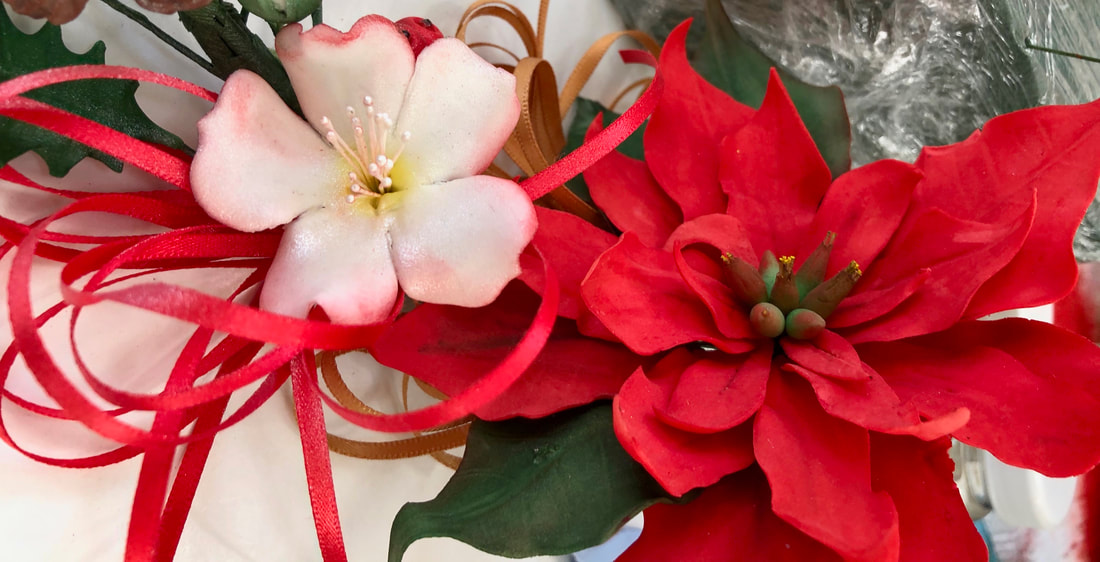
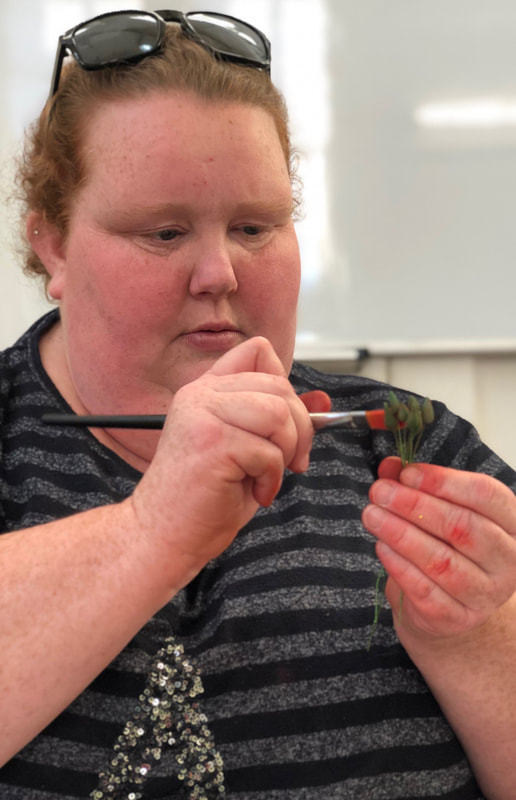
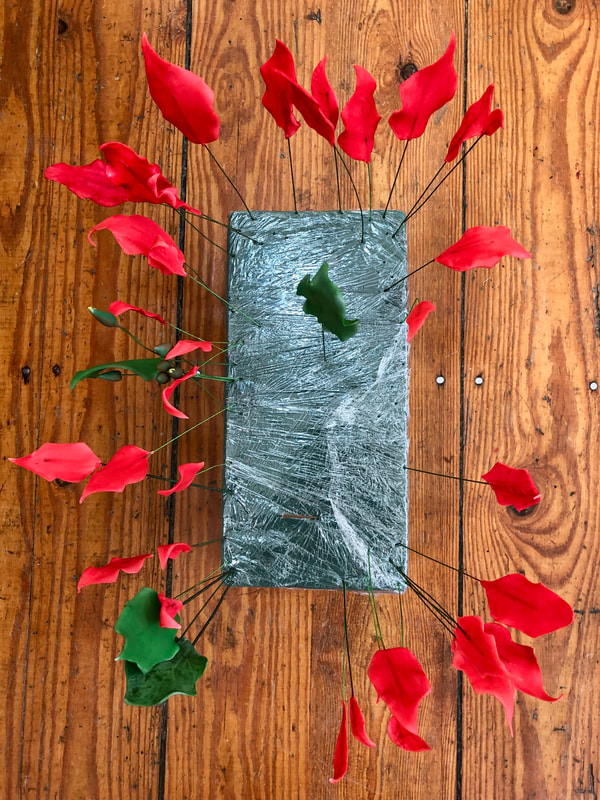

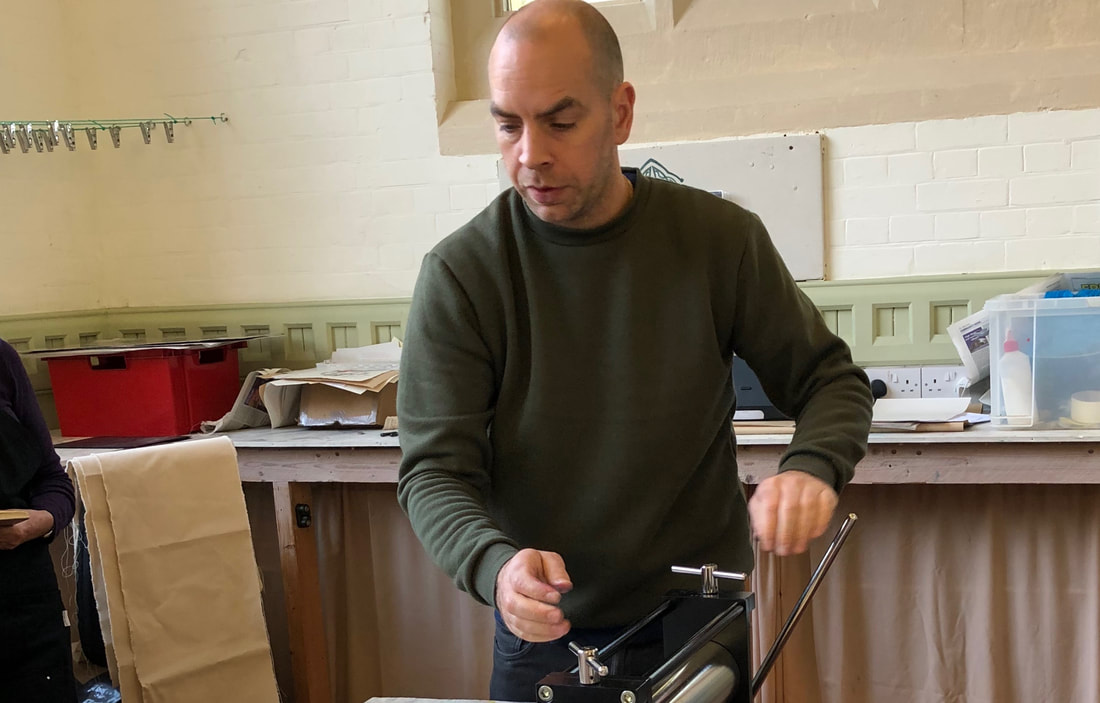
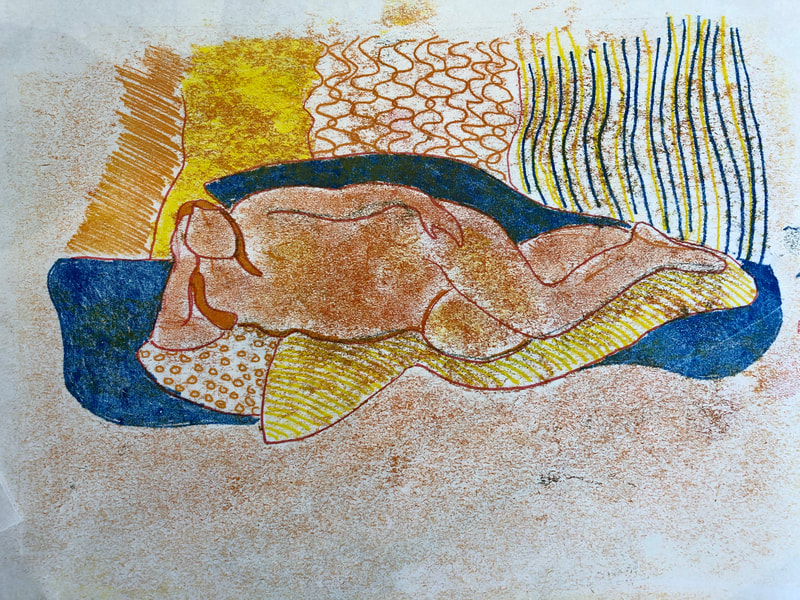
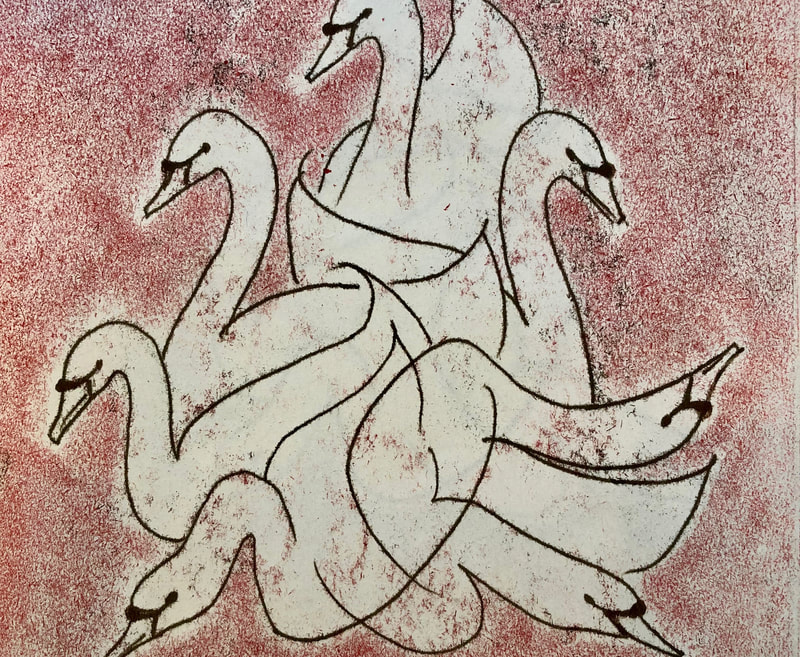
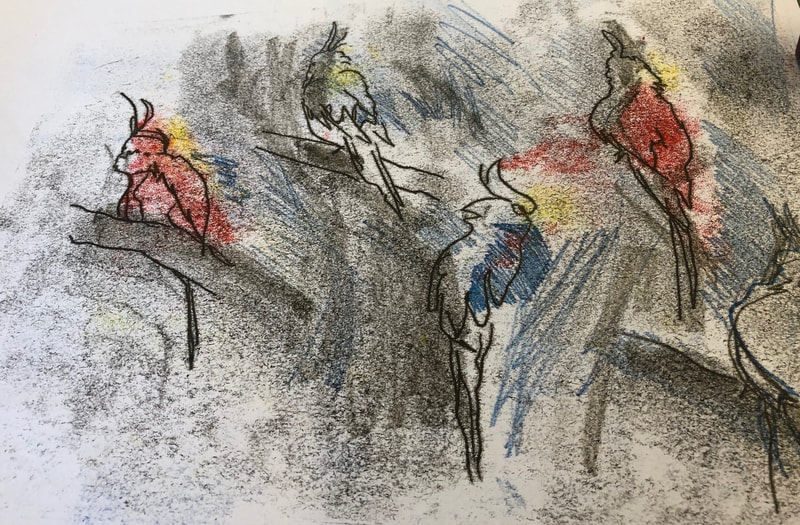
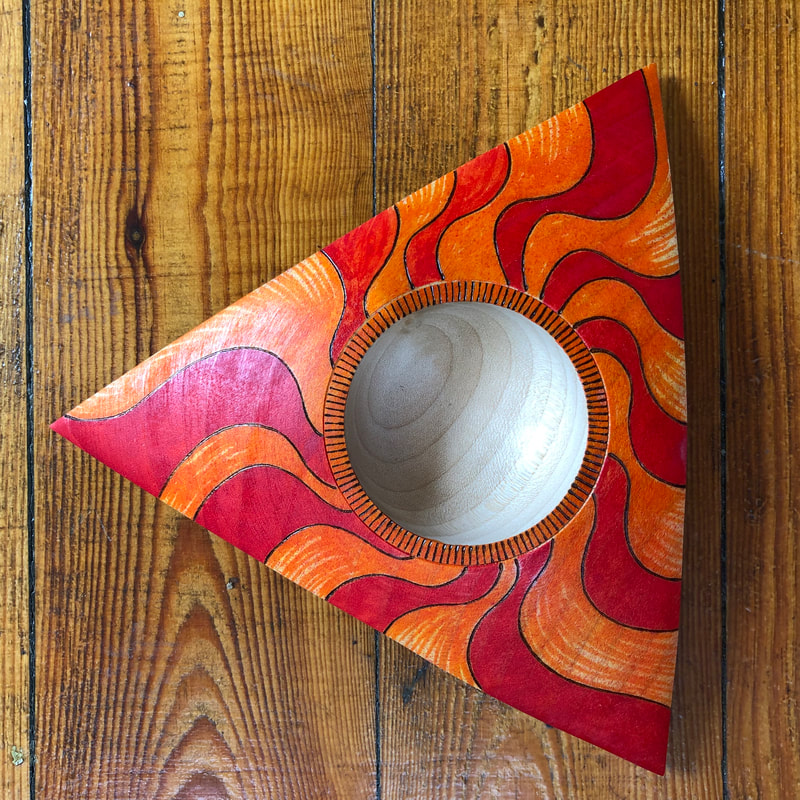
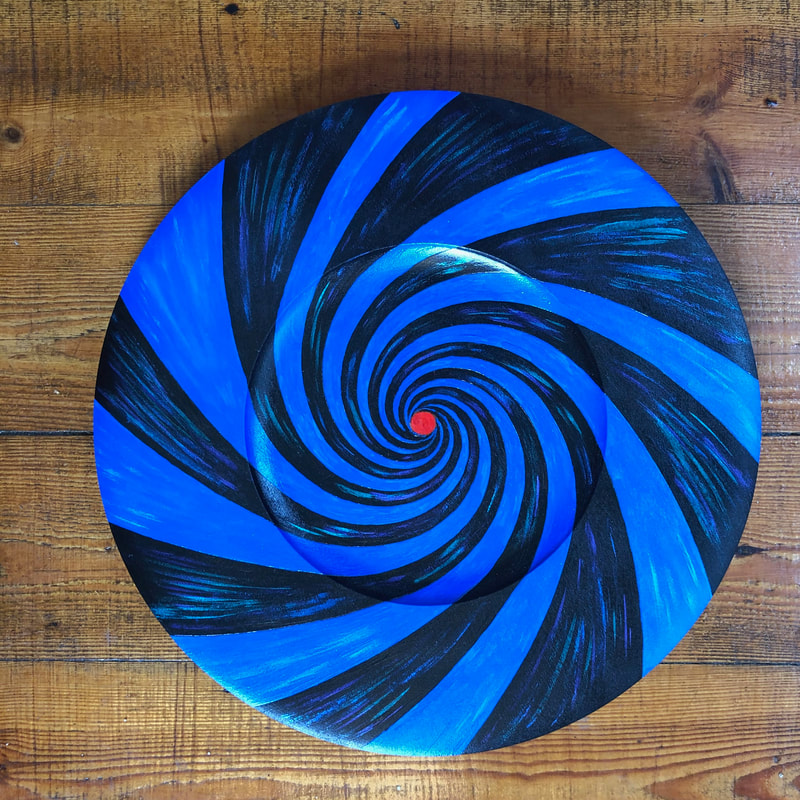
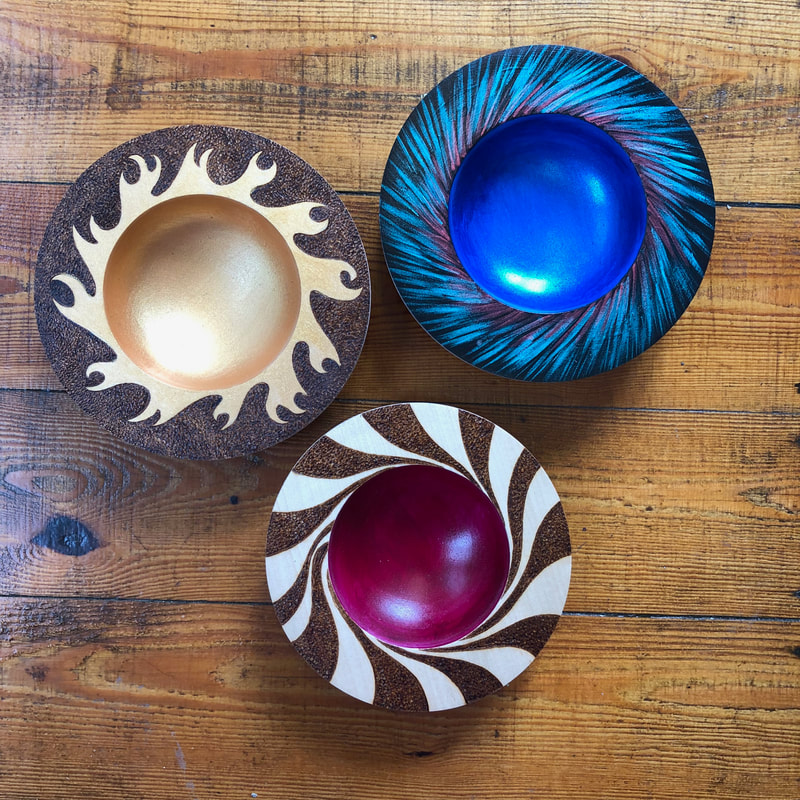
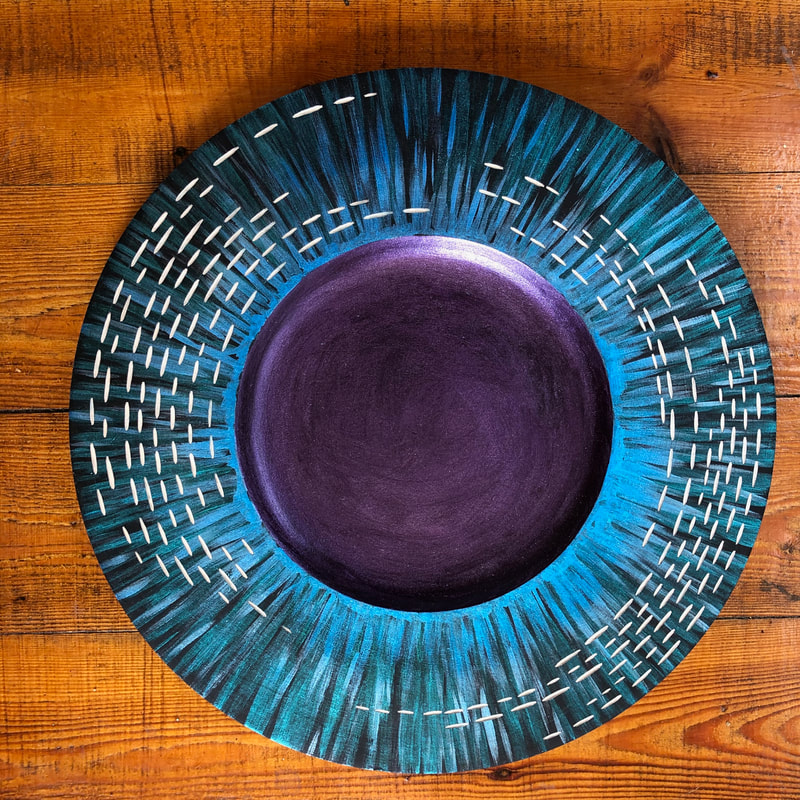
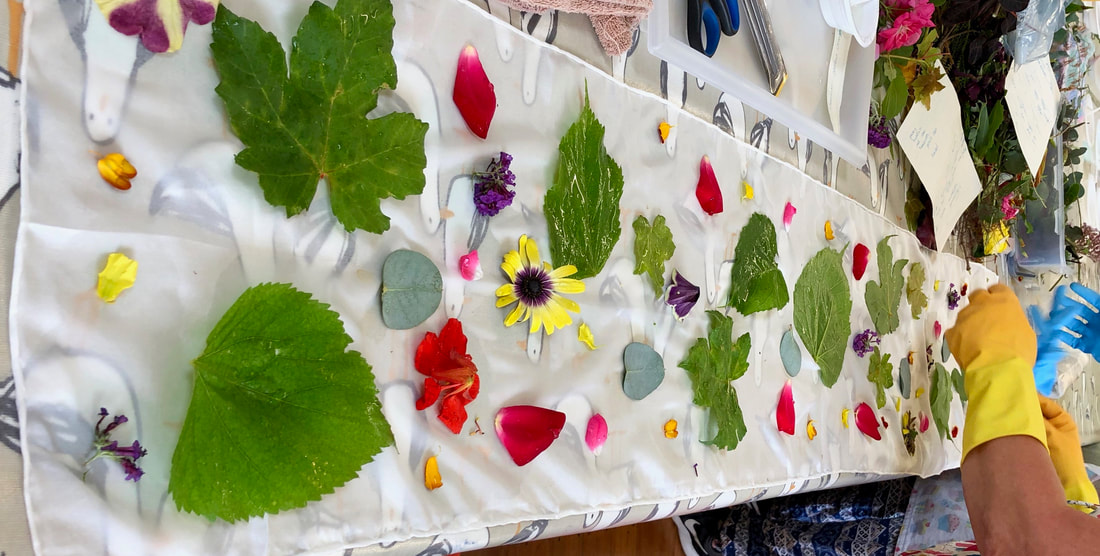
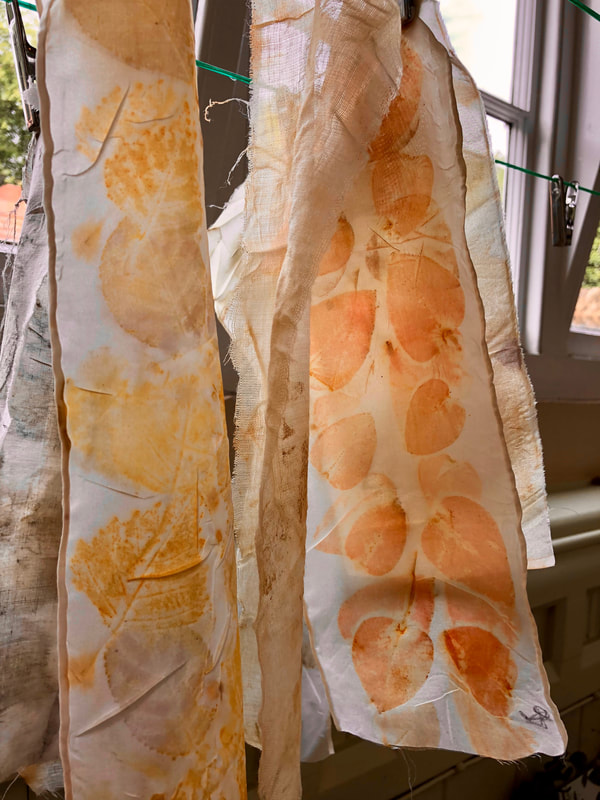
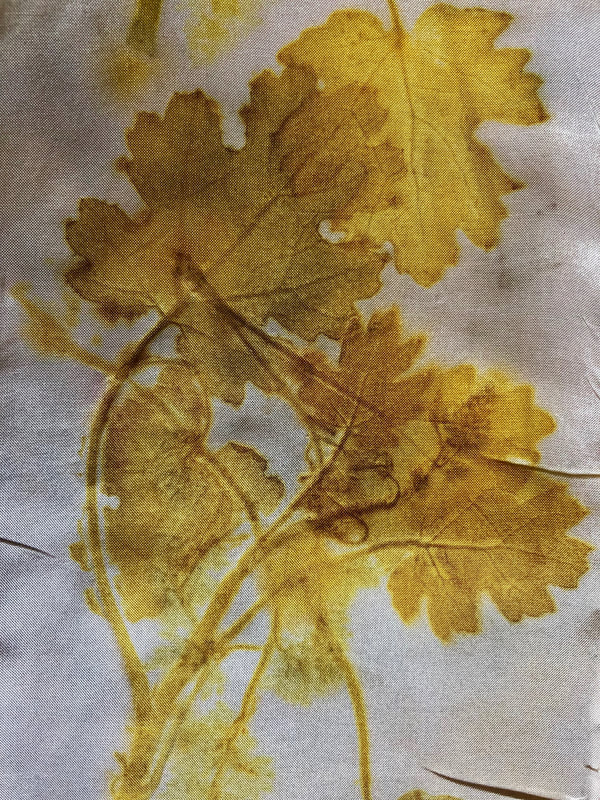
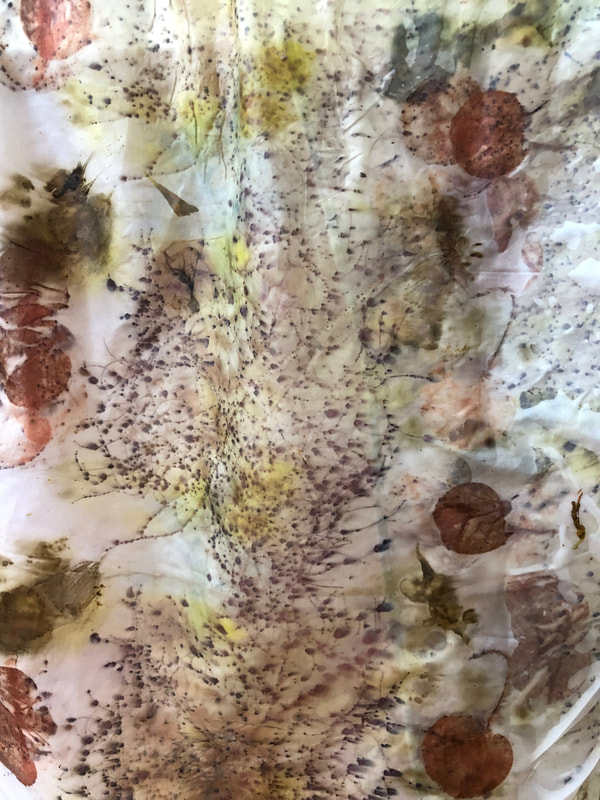
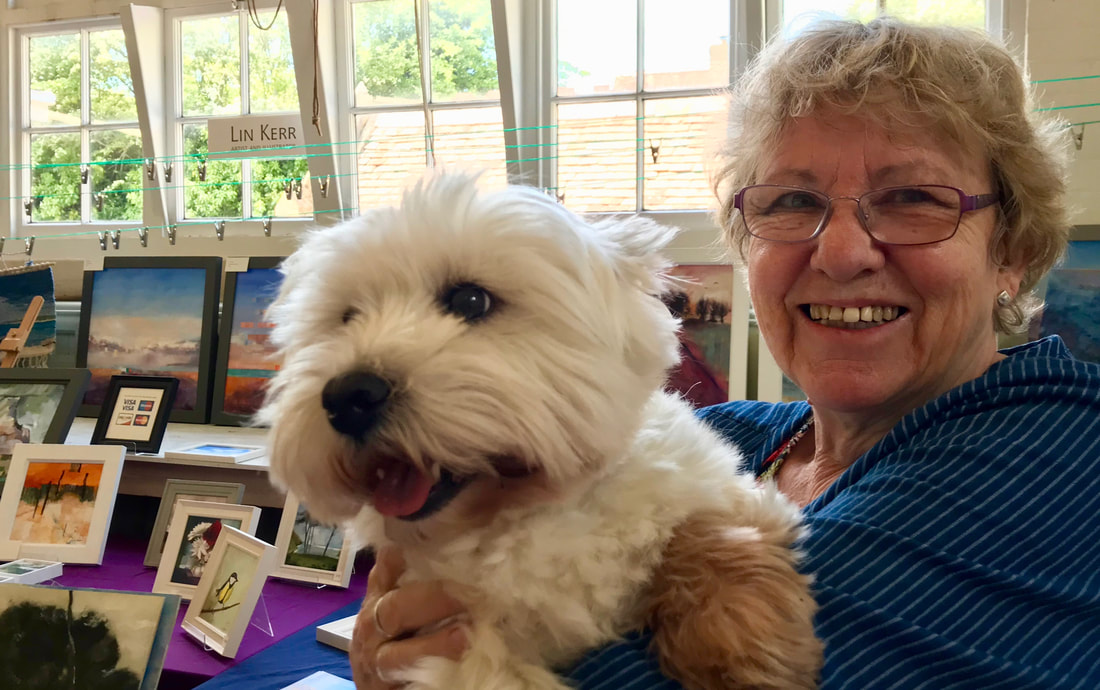
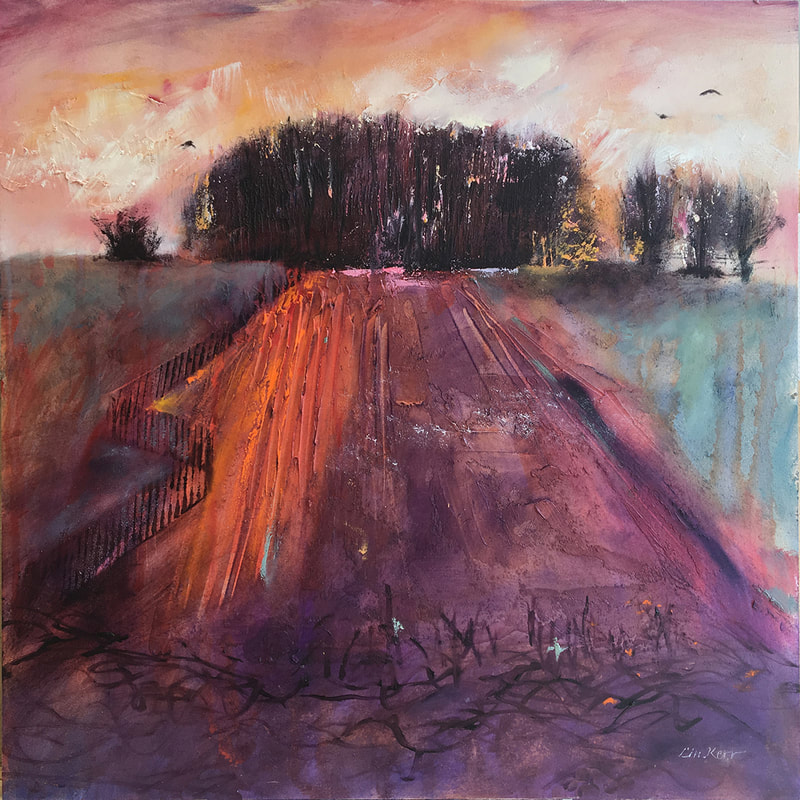
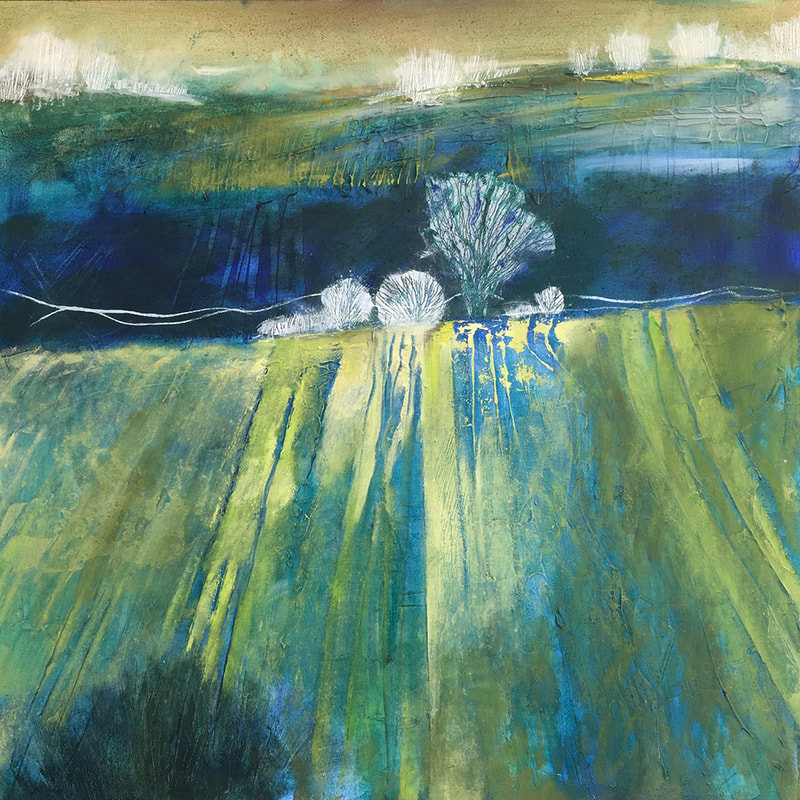
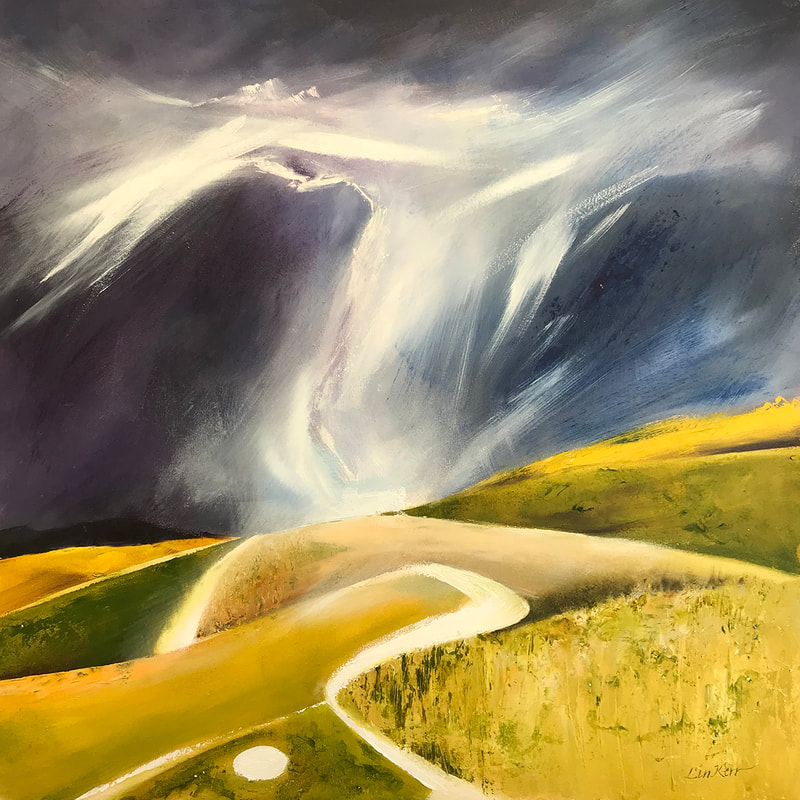
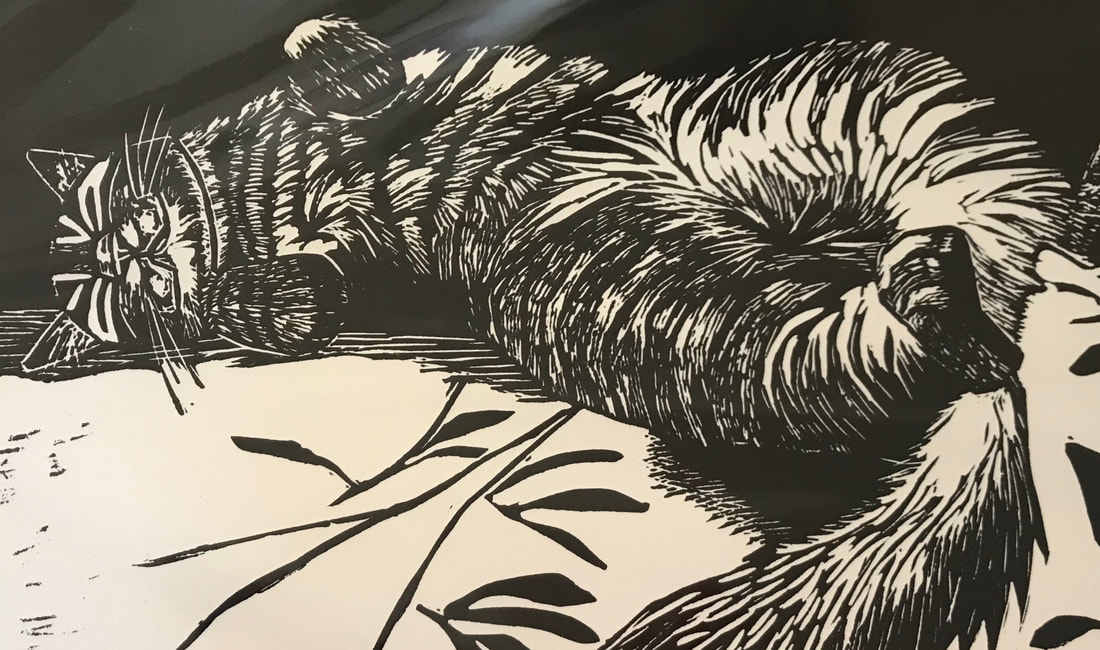

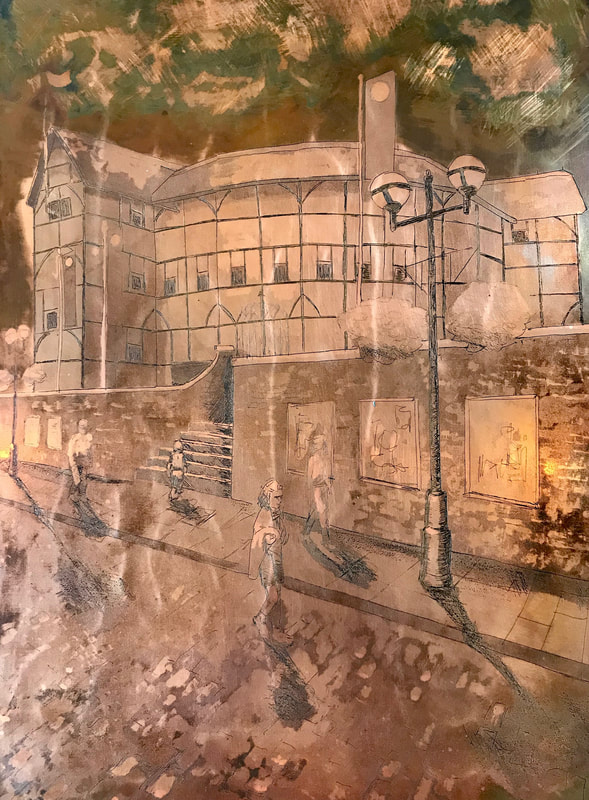
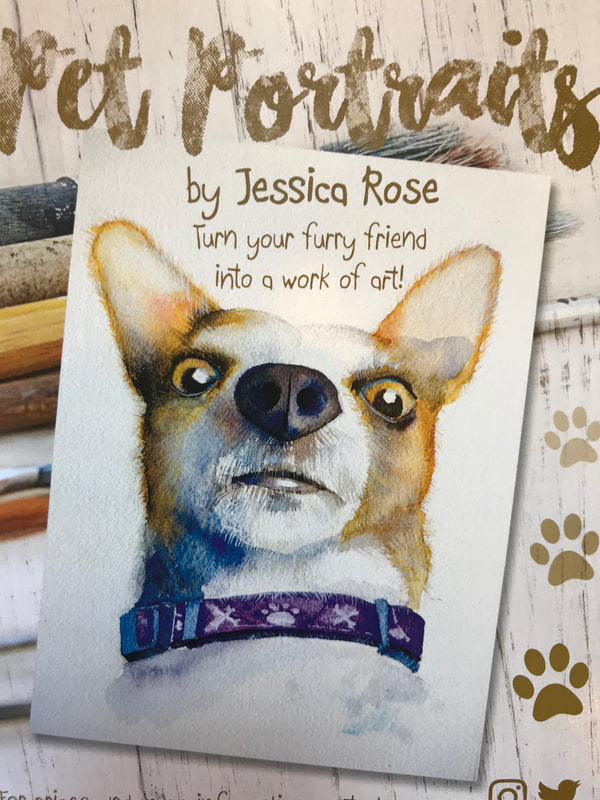
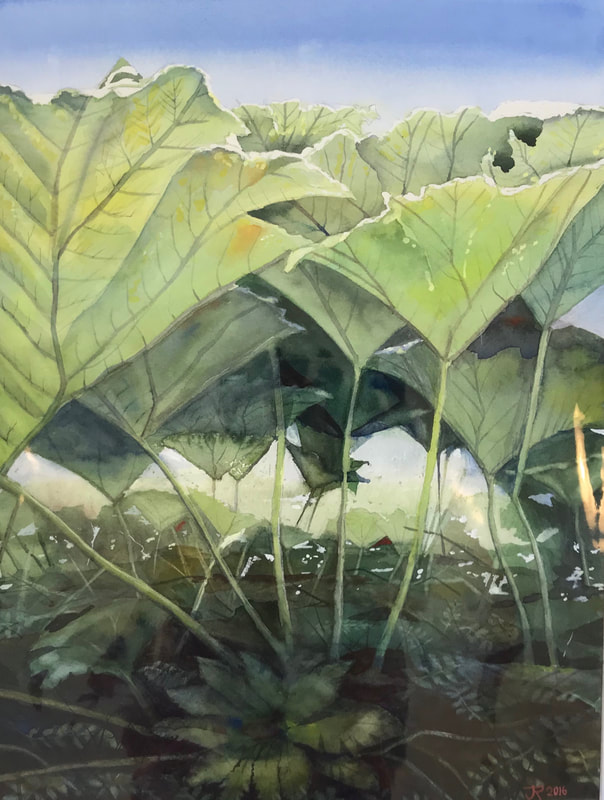
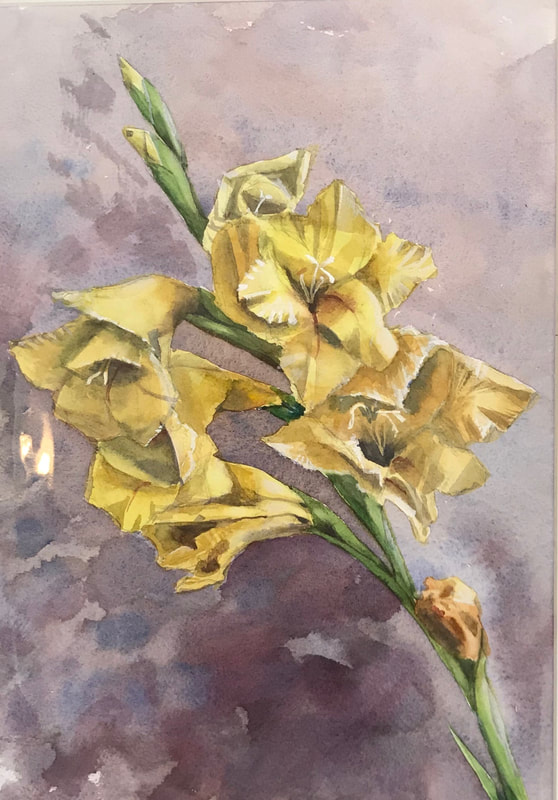
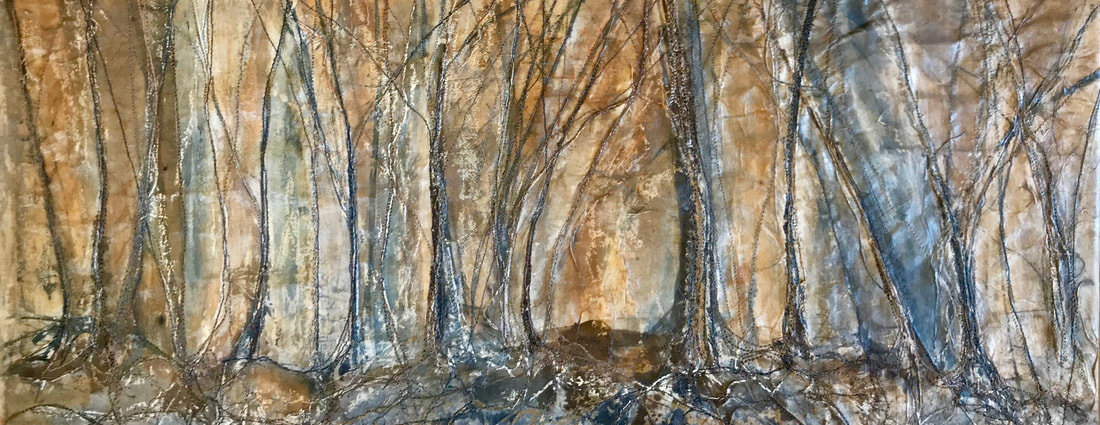
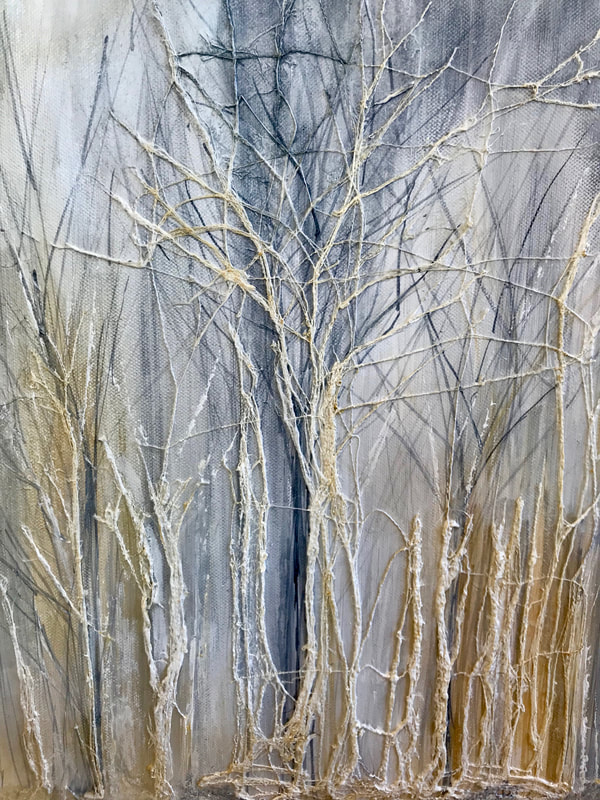
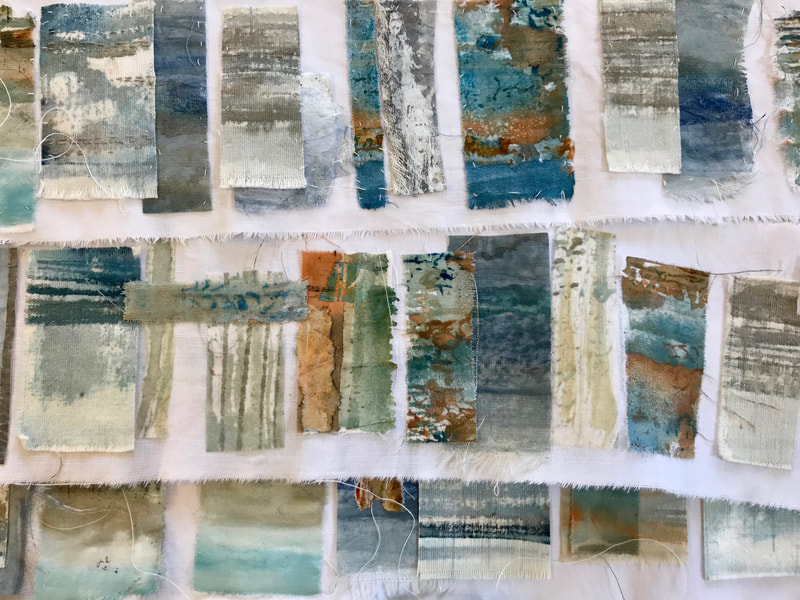
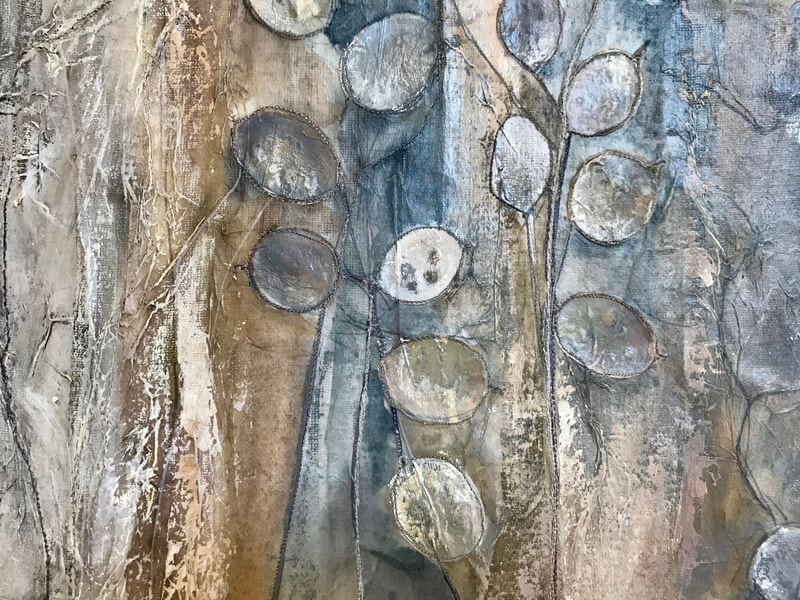
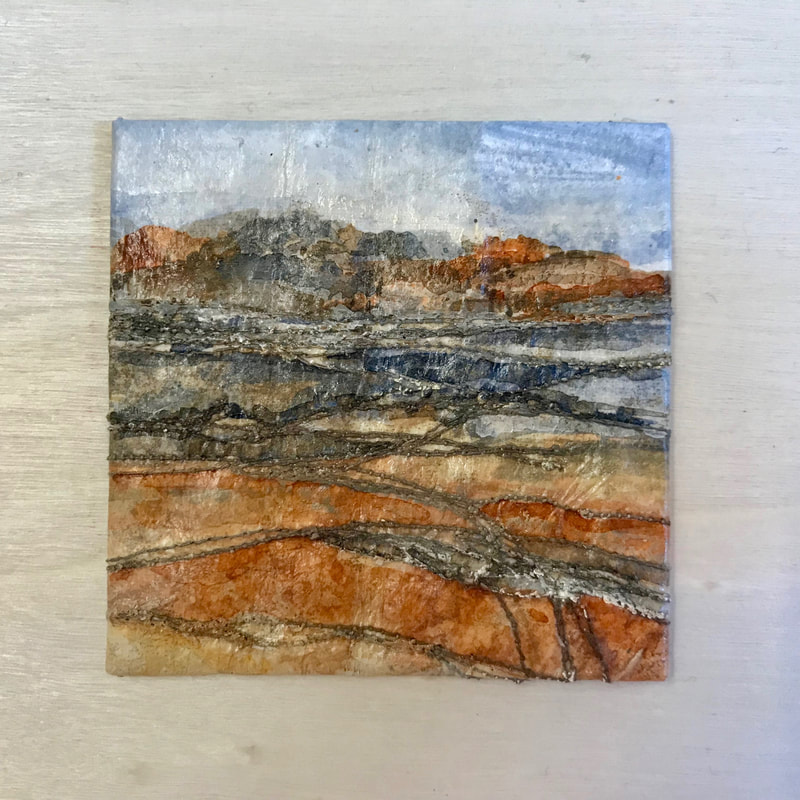
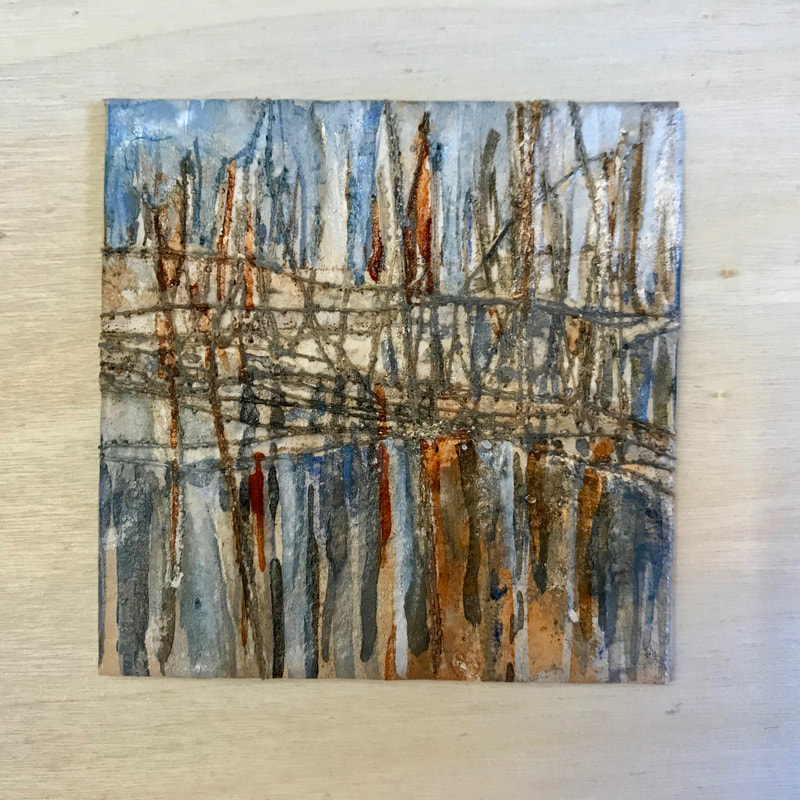
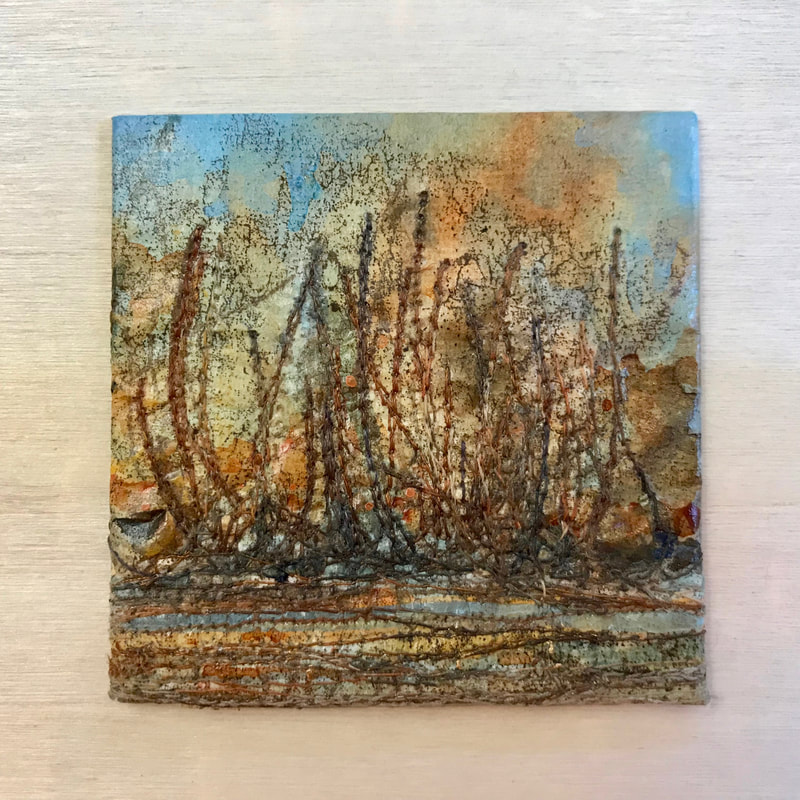
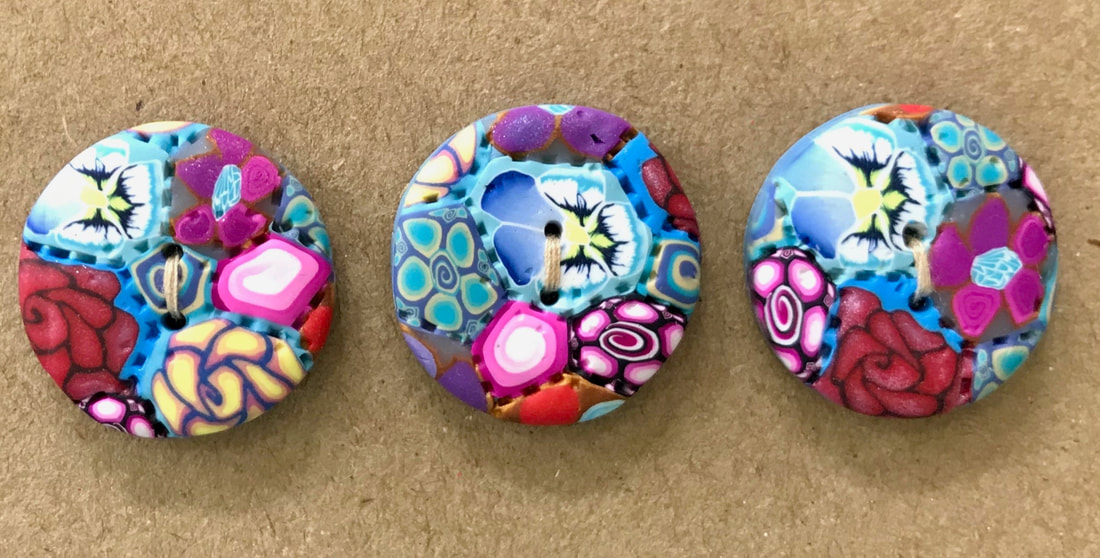
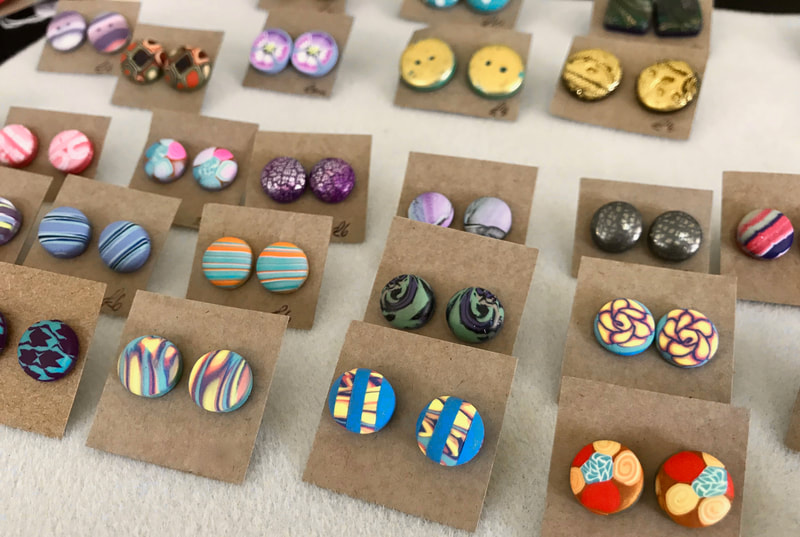
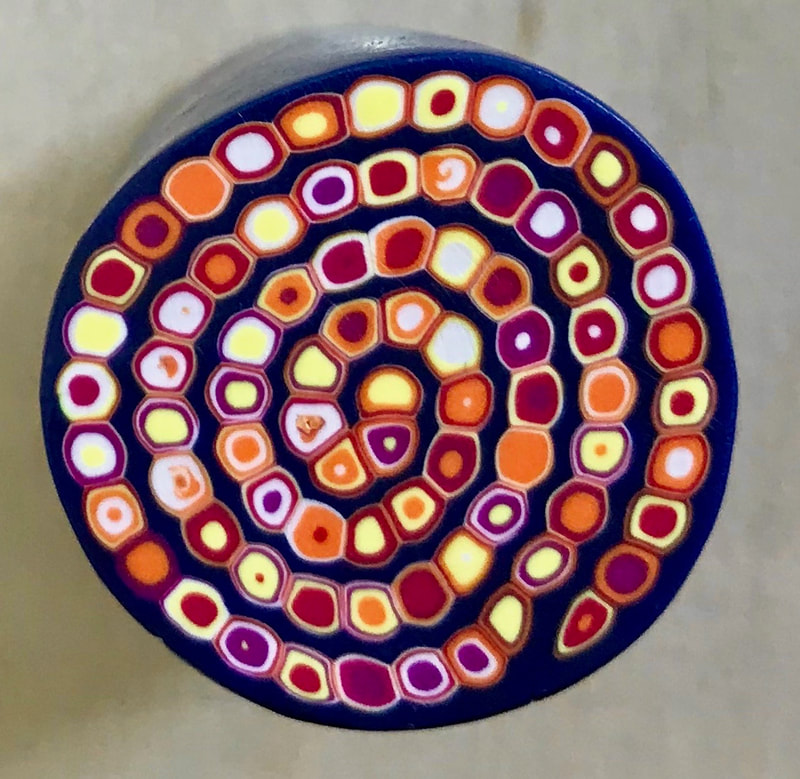
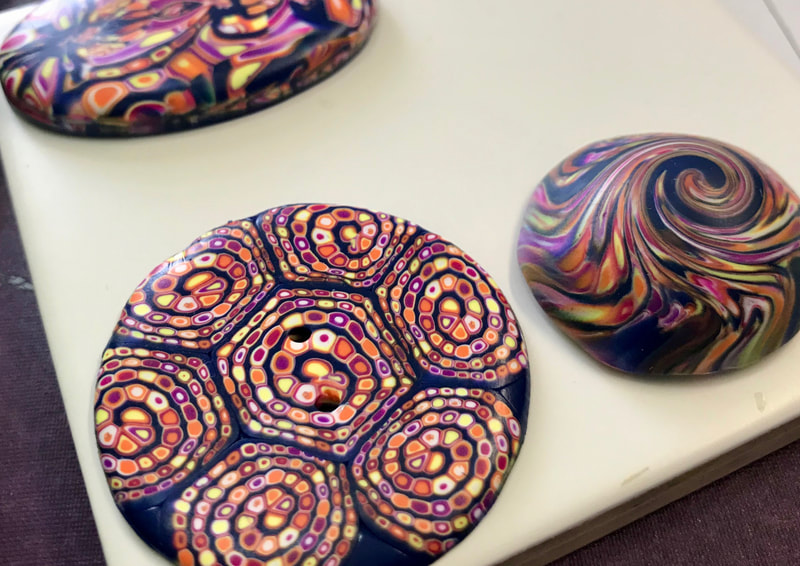
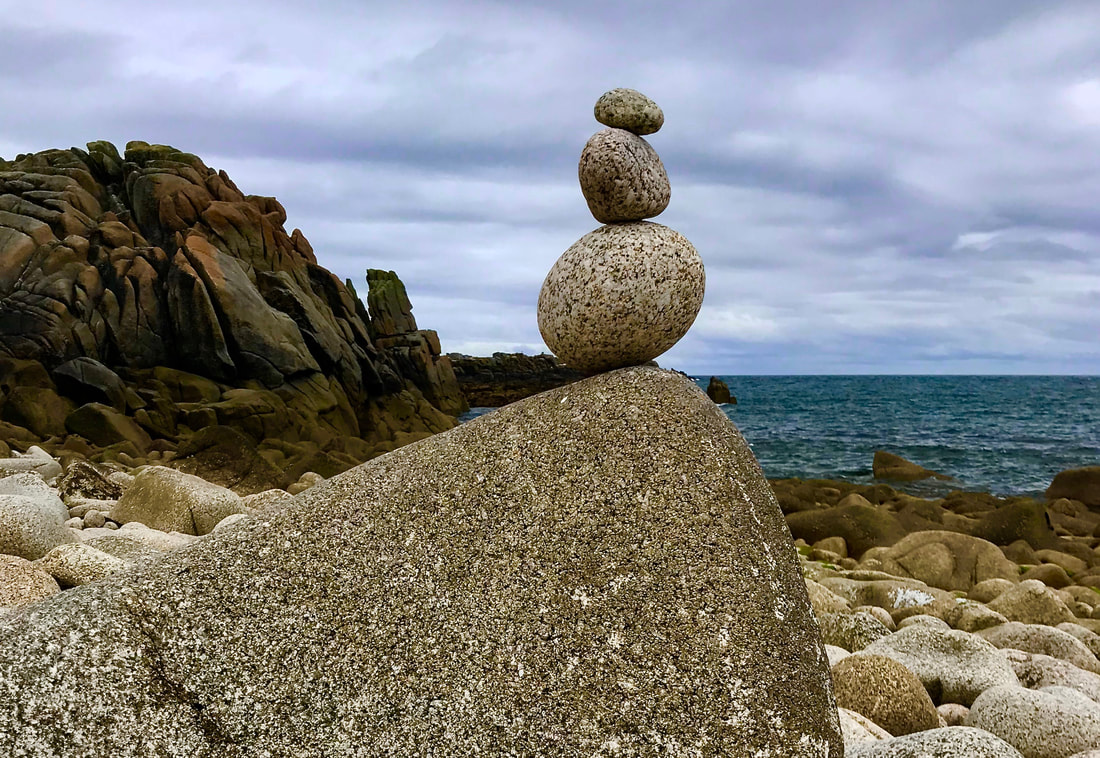
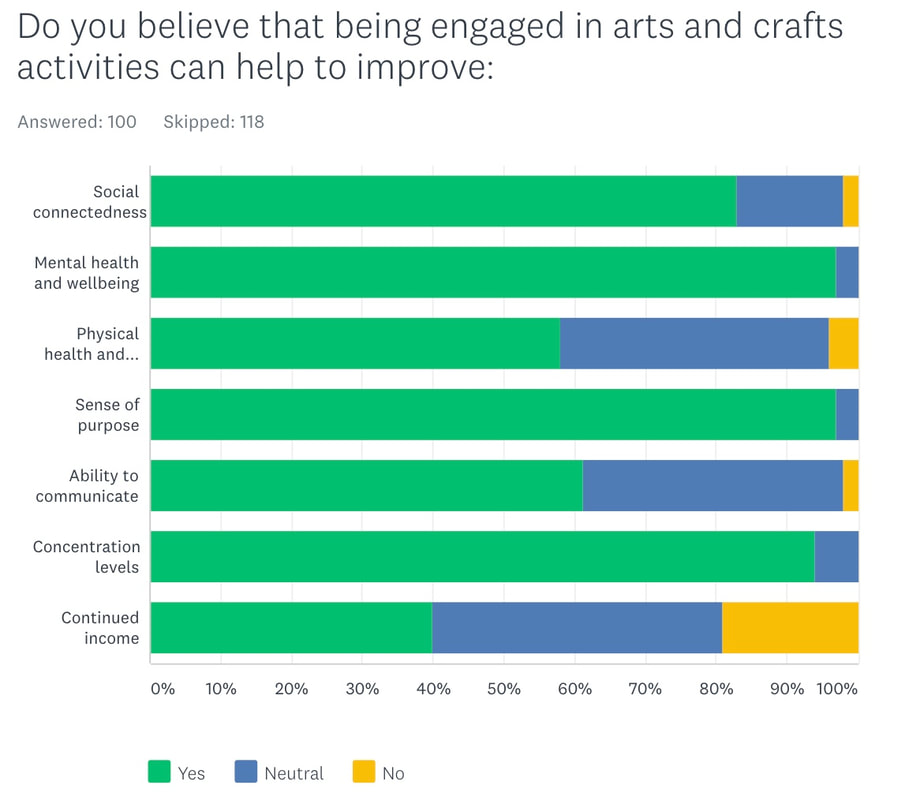
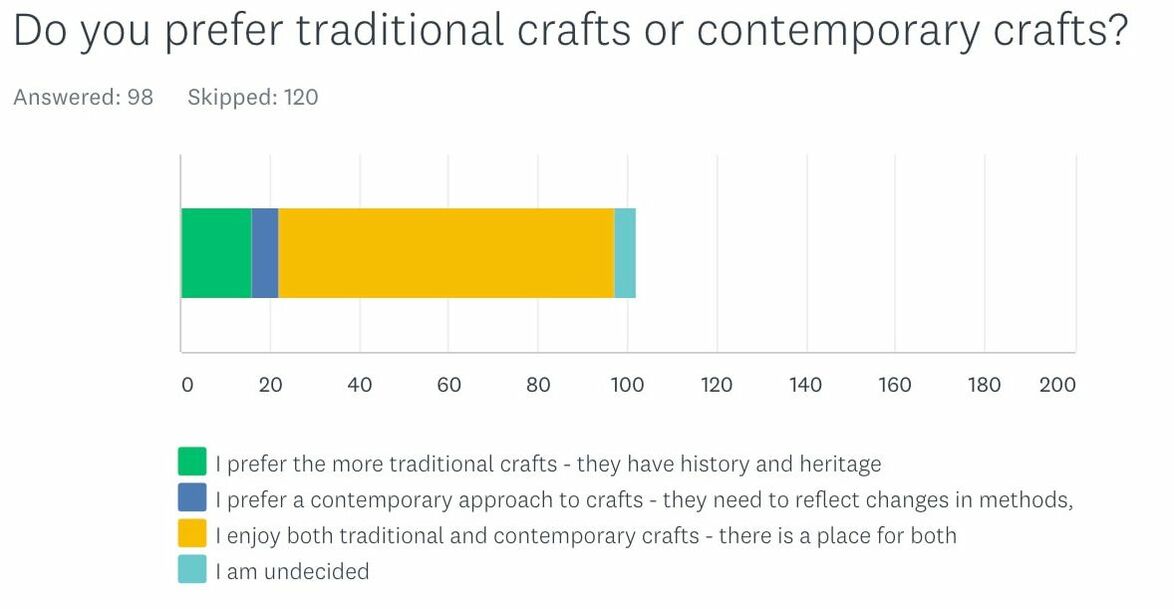
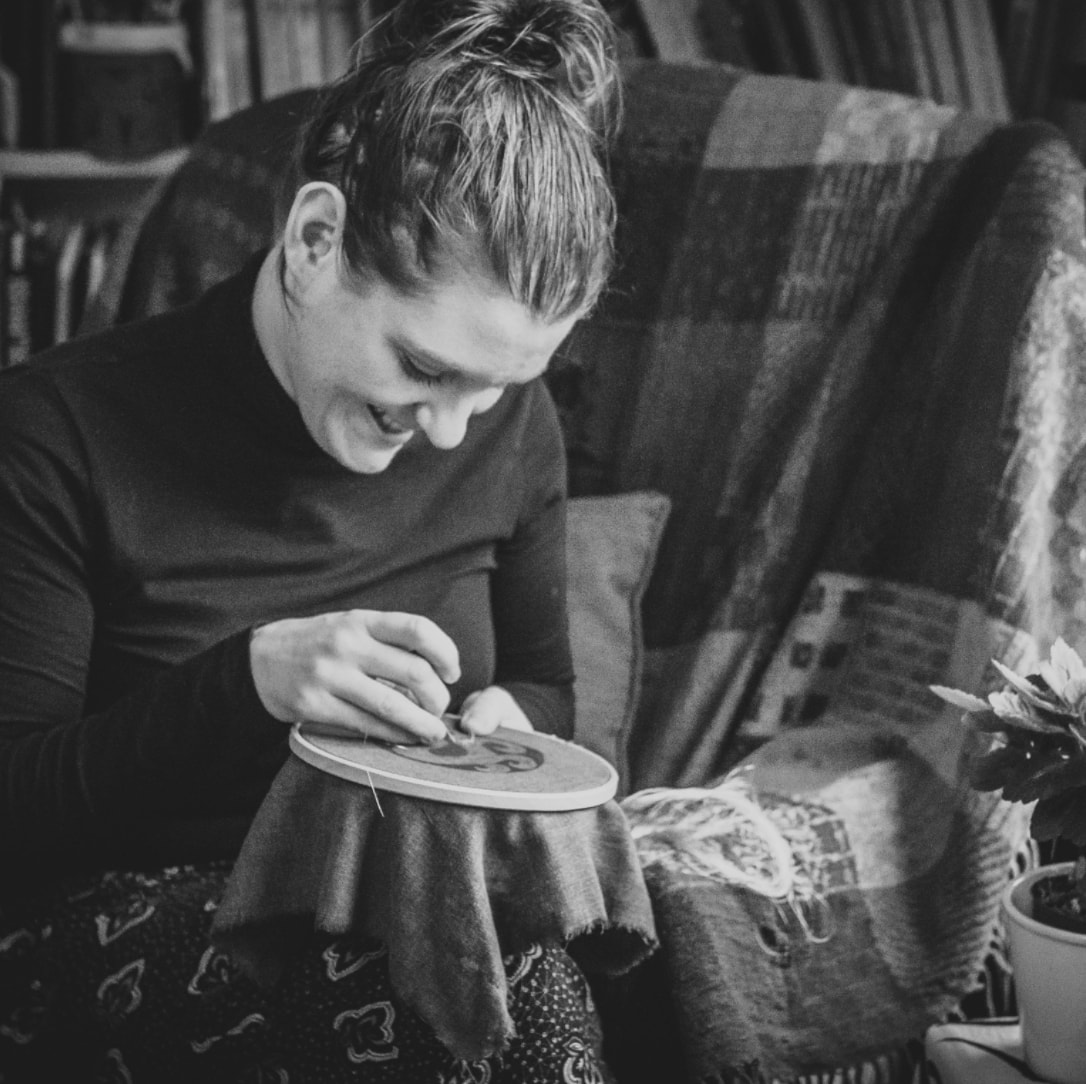
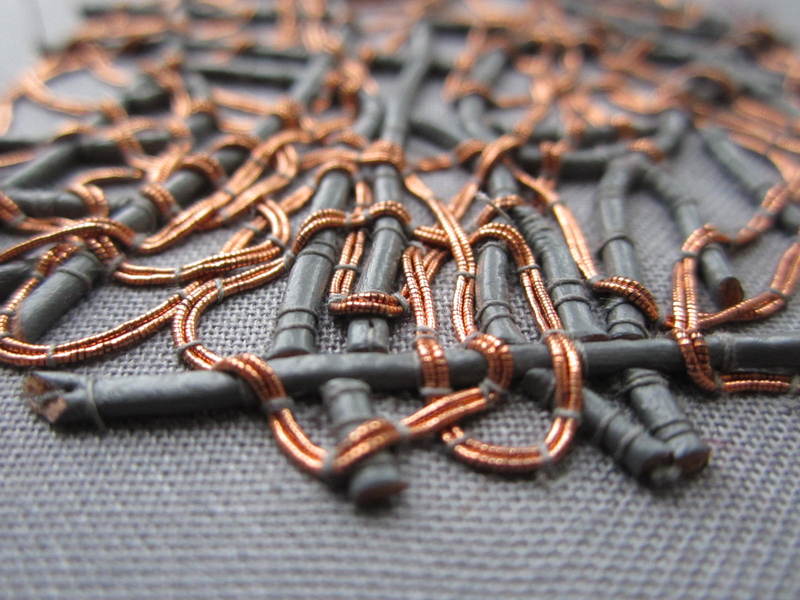
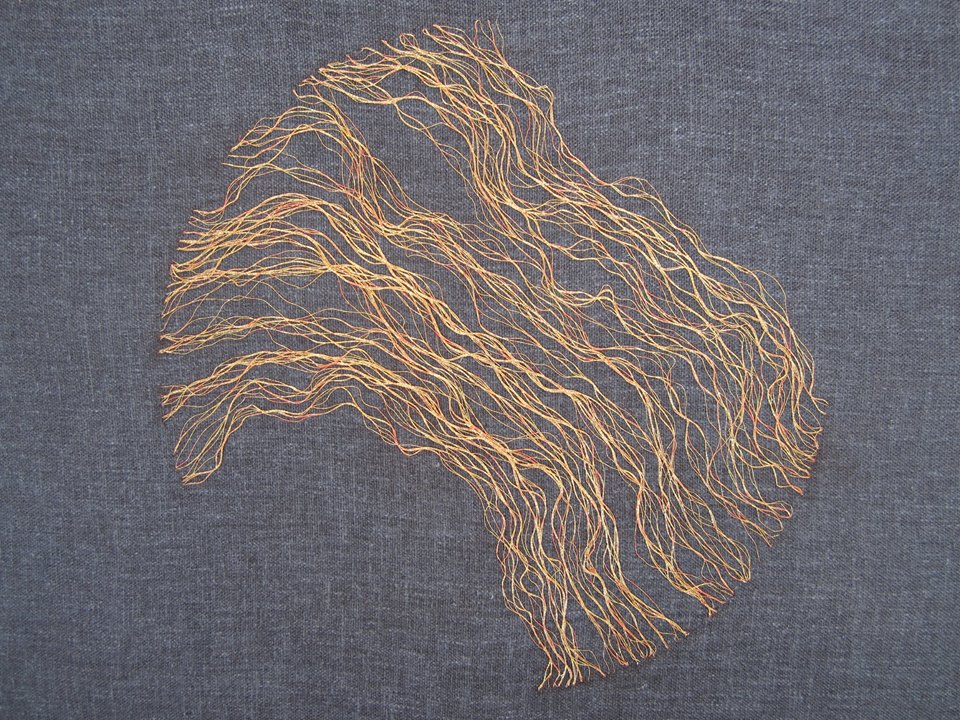
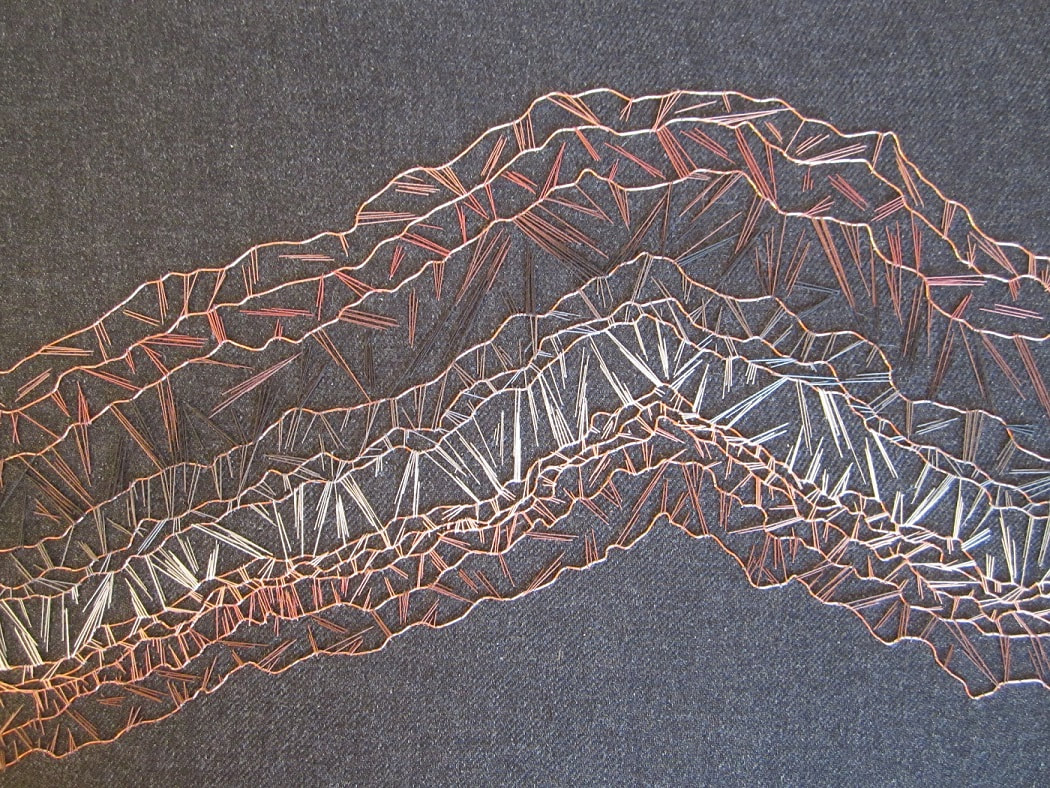
 RSS Feed
RSS Feed